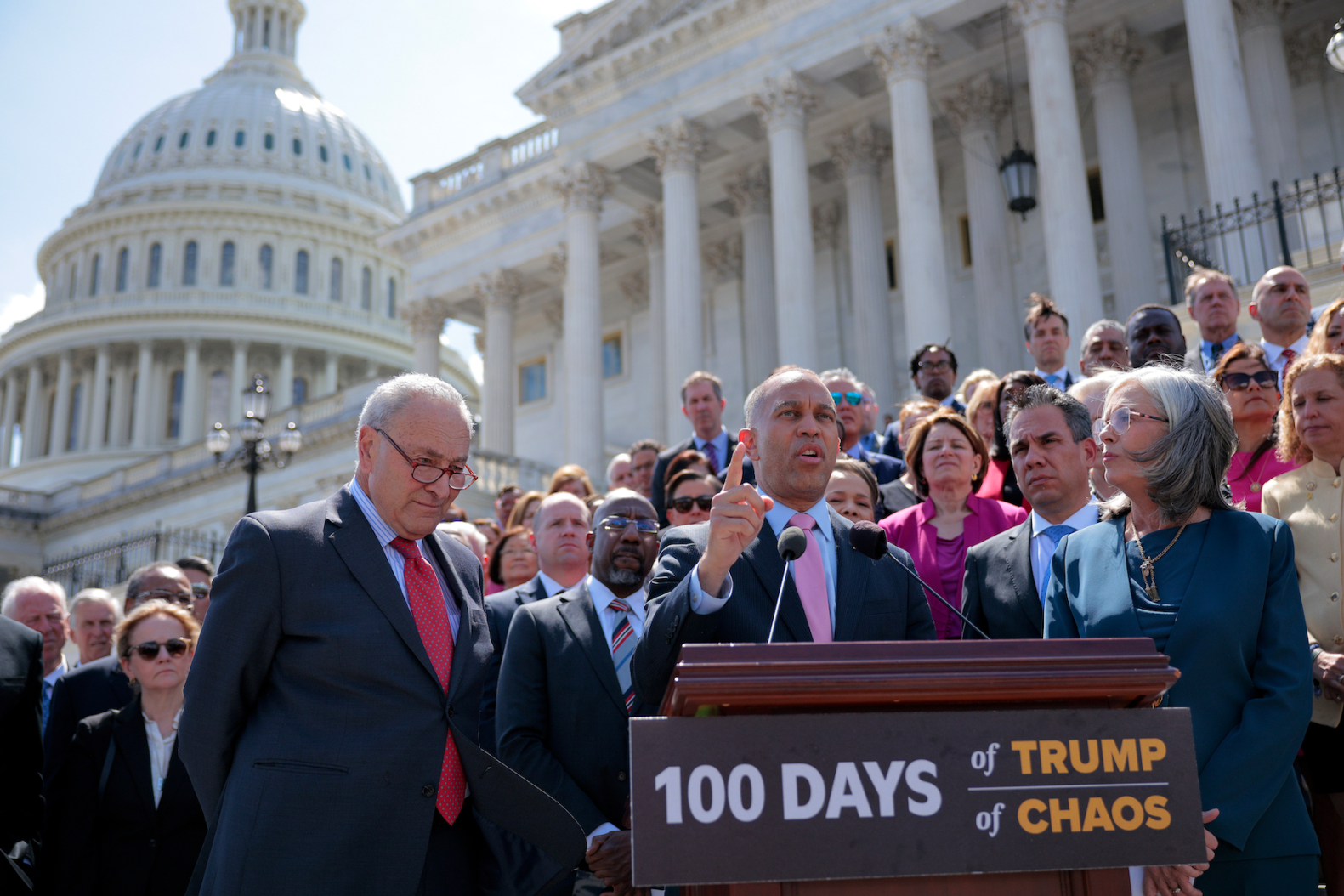
The United States has hit a staggering financial milestone, with the national debt soaring to an all-time high of $37 trillion. This unprecedented figure is capturing the attention of economists, policymakers, and citizens alike. As the debt continues to escalate, questions about sustainability, economic stability, and future implications become more urgent. Understanding how the nation reached this point and what it means for the economy is crucial for grasping the broader picture of America’s fiscal health.
Tracing the Rise: How Did the US National Debt Reach $37 Trillion?
The surge to $37 trillion is not a sudden event but rather the result of decades of fiscal decisions, economic shifts, and external shocks. Several factors have contributed to this historic increase:
- Revenue and Spending Imbalances: Consistent budget deficits, driven by higher government spending than revenue, have played a significant role. Wars, economic downturns, and social programs have expanded federal expenditures.
- Economic Stimulus and Response Measures: The government’s response to economic crises, especially during the COVID-19 pandemic, involved massive stimulus packages aimed at supporting individuals and businesses. While necessary, these measures significantly increased the debt levels.
- Interest on Existing Debt: As the debt grows, so does the interest burden. Paying interest on bonds and loans adds to the fiscal strain, creating a cycle that feeds into further borrowing.
- Tax Policies and Revenue Fluctuations: Tax cuts and policy changes have sometimes reduced revenue streams, further widening the deficit.
- Structural Fiscal Challenges: Entitlement programs like Social Security, Medicare, and Medicaid continue to expand with aging populations, intensifying long-term fiscal pressure.
The Impact of a Record $37 Trillion Debt
Economical Implications
Rising debt levels pose significant risks to the economy. High debt can lead to increased borrowing costs as investors demand higher returns to offset risks, potentially leading to:
- Higher Interest Rates: Elevated debt levels may force the government and private sector to pay more for loans, which can slow economic growth.
- Reduced Fiscal Flexibility: Heavy debt burdens limit the government’s ability to implement policy measures during periods of economic downturn.
- Inflationary Pressures: Excess borrowing and new money creation can stoke inflation, eroding purchasing power and savings.
Political and Social Consequences
The burgeoning debt also influences political debates and social policy:
- Policy Constraints: Politicians may face pressure to cut essential programs or increase taxes, both of which have societal and economic repercussions.
- Trust and Credibility: Growing debt can undermine confidence in economic management, potentially leading to higher borrowing costs and uncertainty.
- Intergenerational Burden: Future generations may have to shoulder the burden of repaying debts accumulated today, raising ethical and economic questions about long-term sustainability.
What Are the Long-Term Projections?
Experts warn that if current trends continue, the debt could surpass manageable levels, potentially reaching or exceeding 200% of GDP in the coming decades. Such a scenario risks creating a debt trap where borrowing continually funds interest payments rather than productive investments. To mitigate these risks, policymakers must consider reforms that balance revenue and spending effectively while addressing structural challenges.
Potential Solutions and Future Strategies
Addressing the burgeoning national debt requires a multifaceted approach, including:
- Fiscal Responsibility: Implementing budget controls, reducing waste, and setting clear fiscal targets.
- Tax Reforms: Broadening the tax base, closing loopholes, and ensuring fair, sustainable revenue generation.
- Entitlement Reforms: Reforming programs like Social Security and Medicare to ensure their sustainability amid demographic shifts.
- Economic Growth: Stimulating growth through innovation, infrastructure, and education to increase revenues without increasing taxes.
- Debt Management: Refinancing existing debt strategically to minimize interest costs and extend maturities.
Conclusion: Navigating a Path Forward
The record-breaking $37 trillion national debt is a wake-up call for the nation. While debt can be a useful tool for financing growth and addressing emergencies, unchecked escalation poses long-term threats to economic stability and future prosperity. It is imperative for policymakers, business leaders, and citizens to engage in discussions and strategies aimed at sustainable fiscal management. Proactive measures now can help ensure that the US maintains economic resilience while safeguarding the interests of future generations.
Understanding the nuances of this complex issue is essential for anyone invested in the nation’s economic health. As the debt continues to grow, so too does the importance of transparency, prudent governance, and collaborative efforts to chart a sustainable fiscal course.
For more updated news please keep visiting Prime News World.









